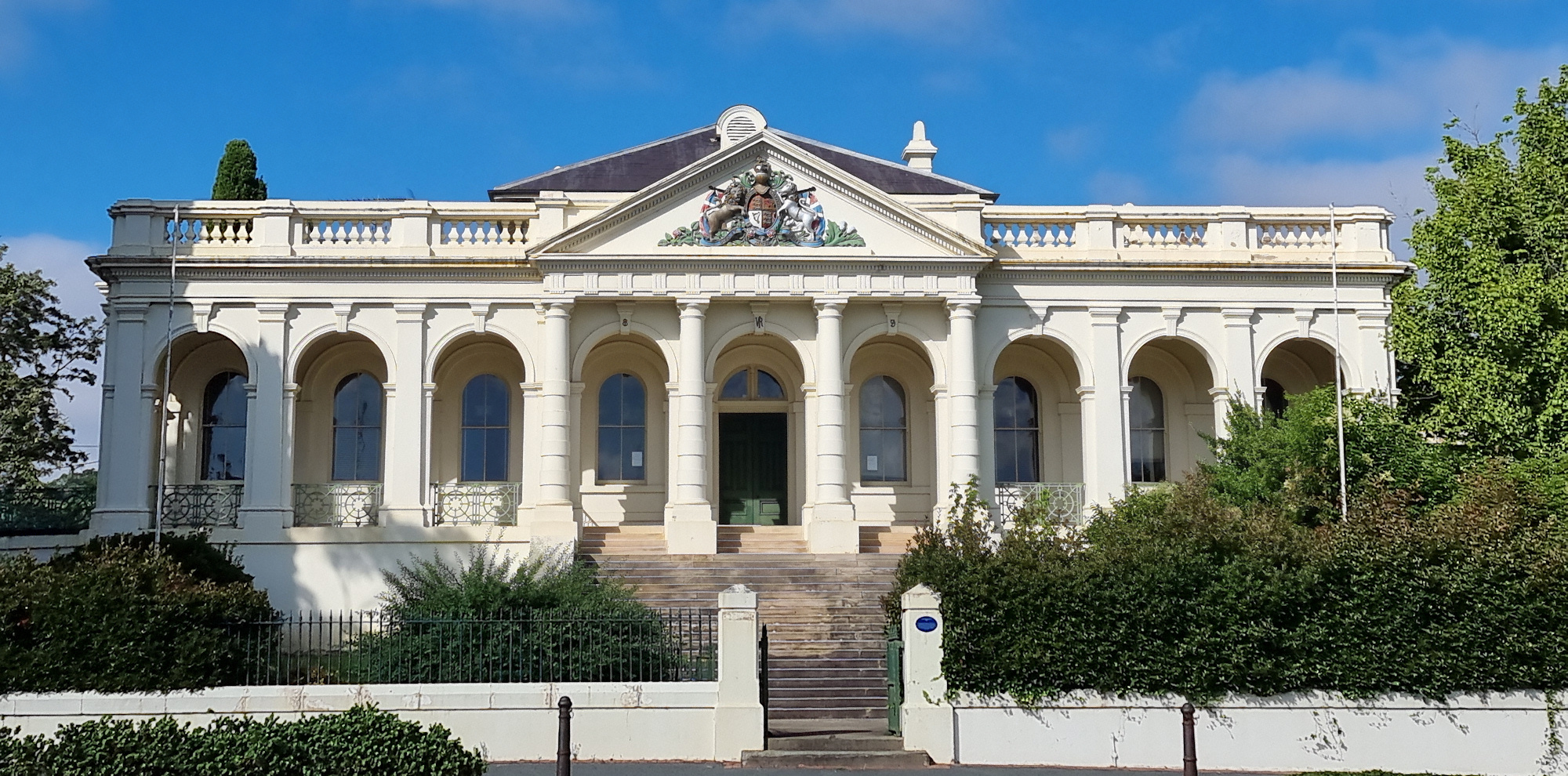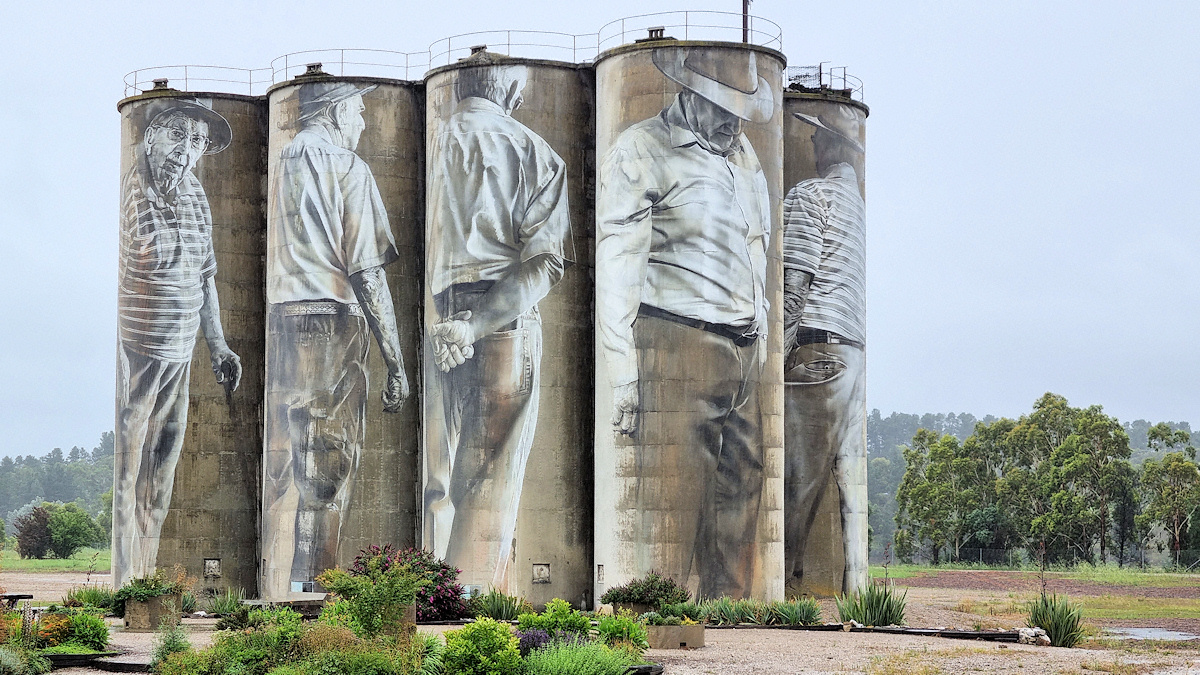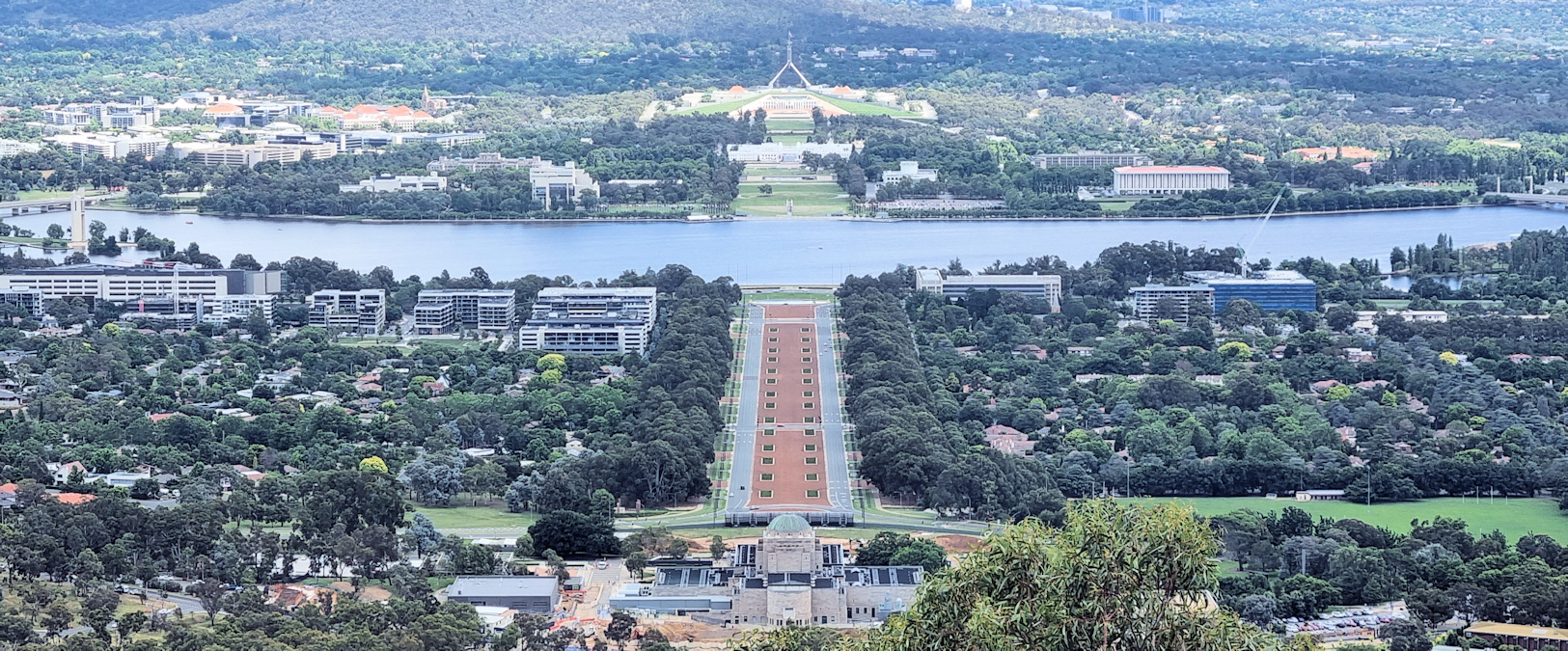Tag: travel
-
Yass New South Wales

Yass New South Wales An hour’s drive north of Canberra, or west from Goulburn, Yass is an historic New South Wales Town. We were passing through on a drive from Canberra to Orange so stopped to have a quick look around. Being early morning, parking was easy, and we found a spot outside the Banjo… Read more
-
Portland Silo Art

Portland Silo Art Located only 30 minutes north-west of Lithgow in the Central-West of New South Wales, the Portland Silo Art makes a great addition to any tour of the area. Unlike other silos, these are cement bins, rather than grain silos, representing the towns history as a cement producer. Painted in 2018 by Guido… Read more
-
Mount Ainslie Lookout

Mount Ainslie Lookout Providing outstanding views of Australia’s capital city, Mount Ainslie Lookout is a must see place when visiting Canberra. Only a five-minute drive from the War Memorial, although up a windy road, it’s easy to get to. Several viewing platforms provide vantage points to see the main axis of the city. From here,… Read more